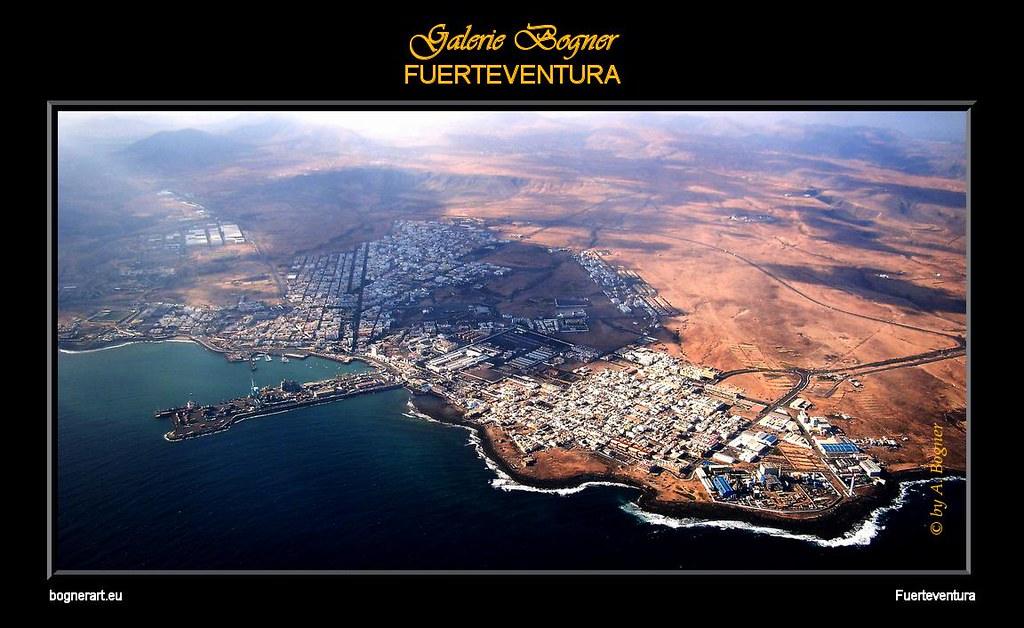Fuerteventura’s Tourism Boom: Balancing Record Growth with Sustainable Development in 2025

Record-Breaking Tourism Growth
Fuerteventura has emerged as the fastest-growing destination in the Canary Islands during the first quarter of 2025, with visitor numbers surging by 7.8% compared to the previous year. The island welcomed 758,195 tourists during this period, representing an increase of 55,120 visitors.
This remarkable growth is primarily driven by British tourists, with the UK now surpassing Germany as the island’s primary market. British visitors reached 243,181 in the first quarter, marking a 13.2% increase from the previous year.
Economic Achievements and Development
The island achieved a historic milestone in 2024 with tourism revenues exceeding €3 billion, according to Marlene Figueroa, the Councillor for Tourism at the Cabildo Insular. This success has prompted calls for improved labour conditions and better distribution of profits to benefit the local economy.
The Tourism Board is actively working to enhance the island’s appeal by promoting its Biosphere Reserve status, natural and cultural heritage, coastal attractions, and local gastronomy. Special emphasis is being placed on wellness tourism, ‘slow island’ experiences, stargazing, and facilities for remote work and events.
Challenges and Sustainability Concerns
The scale of tourism growth is significant, with the Canary Islands as a whole welcoming a record-breaking 1.55 million international visitors in March 2025 alone, contributing to a total of 4.36 million visitors in the first quarter.
Looking ahead, the Tourism Board has allocated €3.4 million for 2025, with one-third designated for promotional activities. The focus is on efficient, results-oriented investments that ensure sustainable tourism growth while enhancing the quality and competitiveness of tourism offerings and increasing economic returns for local communities.
Infrastructure and Connectivity
Fuerteventura is set to become the second most connected Canary Island in the first half of 2025, with significant growth in air connectivity focusing on key markets such as Germany, the United Kingdom, and mainland Spain. This development ensures the island remains accessible while supporting its growing tourism sector.
